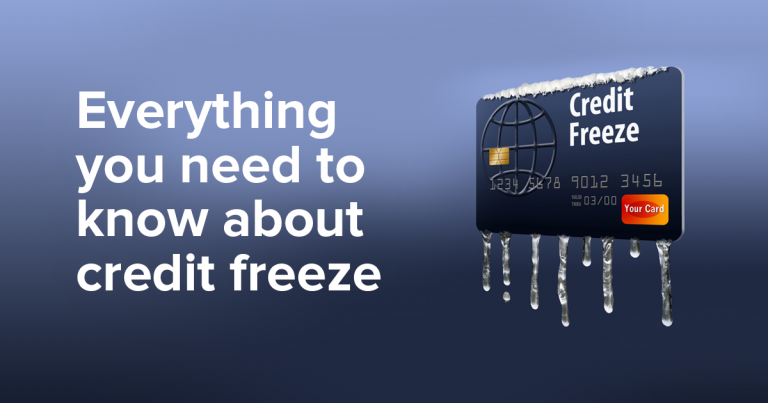What's a Credit Freeze and What's the Best Way to Do It
In September 2017, 143 million people were affected by the Equifax data breach. The incident was a huge eye opener to many people and had them asking questions as to whether or not their money is actually safe.
The best way to prevent something like this from happening to you is to freeze your credit.
Read on to learn more about credit freezing and the best way to do it.
What is a Credit Freeze?

A credit freeze allows individuals to control how a US-based consumer reporting agency – like Equifax, TransUnion or Experian – handles their data, locking it until they are given permission to release it.
This way, your credit reports are sealed. In the event that you're applying for credit or for a job that requires you to release your credit history, you – and only you – can temporarily lift the freeze through the use of a personal identification number (PIN).
A credit freeze costs from around $3 to $10 per person per agency in most states – although a couple of agencies do charge more. You should, of course, freeze your credit report for all three major agencies (Equifax, Experian, and TransUnion).
How Does a Credit Freeze Protect Your Security?
As a worldwide provider of information solutions, Equifax leverages cutting-edge technology and industry knowledge to offer valuable insights that facilitate informed decisions for both businesses and individuals.
When the system is breached, thieves can use our personal information to open new lines of credit like loans and mortgages.
A credit freeze can stop this from happening and is seen as the most effective way to prevent identity theft.
Will I Be Able to Use My Credit Card After Freezing?
Freezing your credit has no impact on your ability to make financial transactions. You’ll be able to continue using your cards regularly even if your credit is frozen.
How Can I Freeze My Credit with Each Agency?
Each agency is independent, so you’ll have to freeze your credit report with each one individually. You can do so online or by telephone.
If you have trouble getting through or accessing the site, you can make your request in writing — by using certified mail, and by making the payment either by check or credit card. The following information must be provided in your letter:
- Full name — including your middle name and generational suffix
- Complete mailing address — and your previous addresses for the past two years
- Date of birth
- Social security number
- Proof of identification — like a photocopy of driver’s license, passport, state issued ID, or birth certificate
- Address verification — such as a utility bill, phone bill, or pay stub (but not documents like bank statements, lease agreements, or magazine subscriptions)
- Payment — via credit card, money order, or check
Send your letters to:
Equifax Security Freeze
P.O. Box 105788
Atlanta, Georgia 30348
Experian Security Freeze
P.O. Box 9554
Allen, Texas 75013
TransUnion LLC
P.O. Box 2000
Chester, Pennsylvania 19022-2000
Check each agency’s website to see if there are any additional requirements or state-specific requirements.
If your security and finances are at risk, a credit freeze a great way to protect yourself.




Please, comment on how to improve this article. Your feedback matters!